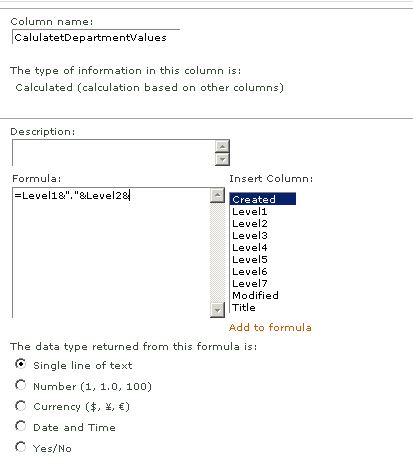Environment: Project Server 2013
Why do you want to Lock down the Content Database?
As part of creating the Project Web App, Project server 2013 doesn’t ask you which Content databases need to be used. Instead, it picks up whatever content database is available so you need to temporarily lock down the Original SharePoint content database and create a separate SharePoint content database for Project Server 2013 application as part of good practice. Once you have locked down the original content database then create a separate SharePoint WSS_Content database for Project Server 2013 application, afterword’s you are ready to create a Project Web Application Site which uses that content database.
Steps:
To lock down the content database, complete the following steps:
1. Log in to the Application server as the Farm administrator service account
2. Open the SharePoint Central Administration. Click the Manage Content Database under Application Management section.
3. Make below changes in the Database Capacity Settings section of the Manage Content Database setting dialog but before any changes make note of the Number of Sites so you can revert to original
- Number of Sites before a warning is generated field to 1
- Maximum number of sites that can be created in this Data field to 2
Note: Maximum number of sites should match the current number of existing created sites pointing to the content DB.
4. After step 3 you can verify your changes in the Content Database dialog.
Hope this helps!












You must be logged in to post a comment.